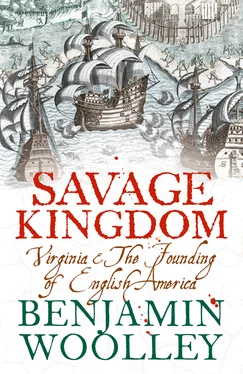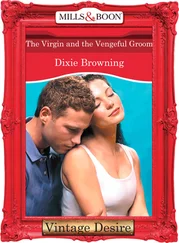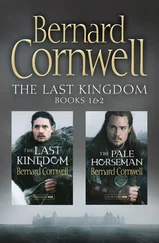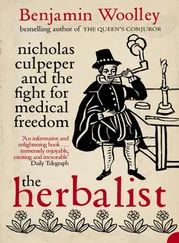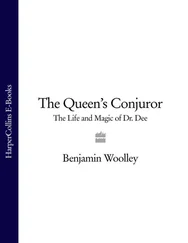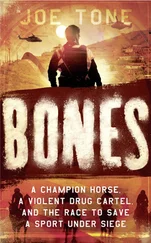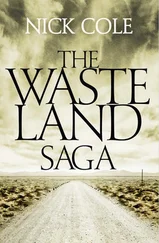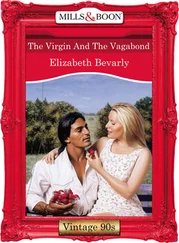However, the Hayeses had badly miscalculated. There was no way Cecil would countenance a public colonization venture, whatever the trade benefits. The very name ‘Virginia’ was a reminder why he considered this impossible. During the 1570s and ’80s, he and his father Lord Burghley had worked strenuously to marry Elizabeth off to one of Europe’s Catholic princes, so she could produce an heir. They had been fought all the way by a group of courtiers who opposed any such match on the grounds that she and therefore her kingdom would come under the sway of Catholic regimes they saw as tyrannical. It was this clique, egged on by Huguenot exiles wanting to avenge the massacre in Florida, that had promoted the cult of Elizabeth’s virginity. It became an emblem of Protestant purity and independence, which Raleigh had reinforced with his choice of name for English America.
Cecil had since managed to repair some of the diplomatic damage caused by these struggles, his efforts culminating with the Somerset House Peace Treaty with Spain, which was signed in 1604, a year after James ascended to the throne. But this had done nothing to diminish Virginia’s political potency. Just a few months before Cecil received the Hayeses’ proposal, a play called Eastward Hoe had been staged at the popular Blackfriars Theatre. It featured a dissolute ‘thirty-pound knight’ (a reference to King James selling off titles to raise ready cash) who had attempted to mount an expedition to the colony. ‘Virginia longs till we share the rest of her maidenhead,’ the expedition captain had boasted, in an effort to lure footloose and unemployed mariners into joining the mission. ‘You shall live freely there,’ he added, ‘without sergeants, or courtiers, or lawyers, or intelligencers’, the apparatus of oppressive government.
The play’s authors were arrested for such incendiary lines, and even now, one of them, Ben Jonson, was sending Cecil plaintive letters, begging for his freedom. In such circumstances, the idea of a royally endorsed public venture could not possibly be countenanced. 8
A private venture, on the other hand – that was a different matter, and a proposal for one just happened to be at hand. Cecil’s factotum, Sir Walter Cope, had long held an interest in foreign exploration, and around the same time as the Hayeses, had sent Cecil a private note suggesting a very different venture. Judge Sir John Popham, another prominent member of James’s government, ‘foreseeing in the experience of his place’ as King James’s Chief Justice ‘the infinite numbers of cashiered captains and soldiers, or poor artisans that would & cannot work, and of idle vagrants that may & will not work, is affectionately bent to the plantation of Virginia’. Cope proposed that a select group of trusted merchants and nobles be approached to fund a small, secret exploratory mission to America to trade with the Indians and search for valuable commodities. All that was required from Cecil was ‘two lines from your Lordship in particular, or from the Lords’ of the Privy Council in support of the venture, and an expedition would be under way in no time. 9
This was far more to Cecil’s liking. For all its negative political associations, there was something about Virginia that not even Cecil could completely resist. Raleigh’s geographer, the cleric and colonial propagandist Richard Hakluyt, had since 1599 adopted Cecil as a patron, and on his new master’s behalf uncovered several convincing reports referring to the existence of gold deposits in the ‘Appalatcy’ or Appalachian Mountains to the west of Roanoke. There were also references to a great salt-water lake lying somewhere to the northwest, which could be reached by river, suggesting there might be a route through the middle of North America to the Pacific – the long-cherished dream of a navigable westerly passage to Cathay and the riches of the Orient. Also, intelligence had revealed that, despite these reports, the Spanish had continued to ignore the areas of America north of Florida. 10
Cecil was in desperate need of new sources of revenue, not least to cover the cost of glorifying his London residence, which, he admitted to a friend, had ‘almost undone me’. Furthermore, to secure his throne, James had been forced to spend heavily on securing the necessary political support among England’s anti-Scottish elite, and the royal exchequer was already stretched to breaking point. Any venture that had the potential for private profit and royal revenue could not be ignored. 11
Nothing more was heard of the Hayeses’ scheme. But within a few weeks of Cope’s letter arriving at Cecil House, the King had been presented with a royal charter to launch a new Virginia venture as a private enterprise, enveloped in secrecy.
AS A FOUNDING DOCUMENT, providing the legal basis for what became English America, the Virginia Charter that received the royal seal on 10 April 1606 was no Magna Carta or Declaration of Independence. In return for a 20-per-cent share of any precious metal they discovered, the King merely offered certain ‘Knights, Gentlemen, merchants and other Adventurers’ – the so-called ‘patentees’ – permission to ‘make habitation, plantation and to deduce a Colony of sundry of our people into that part of America commonly called Virginia’.
Lip service was paid to the mission having a higher religious purpose ‘in propagating of Christian Religion to such people as yet live in darkness’, meaning the Indians, but it was clear that the true motive was monetary, the charter focusing heavily on the ‘commodities and hereditaments’ to which the patentees, as well as the Crown, would be entitled.
‘For the more speedy accomplishment of their said intended plantation and habitation,’ the patentees were split into two groups, each given a different region of North America to colonize. The region between 38 and 45 degrees latitude (from modern Philadelphia to the Canadian border) came under the control of a group of merchants from the West Country ports of Bristol, Exeter and Plymouth, led by Chief Justice Sir John Popham. ‘Undertakers [i.e. investors], gentlemen, merchants &c’ of London made up the other group, who formed what became known as the Virginia Company. They were to develop the region between 34 and 41 degrees, the 450-mile stretch of coastline running from modern Cape Fear to Philadelphia. 1
Most of London’s trading companies were managed by a governor, appointed by investors. The Virginia Company was to be different. Instead of a governor, Cecil set up a ‘Royal Council’ of thirteen grandees to supervise the company’s affairs, which reported directly to him. Its powers were modelled on those of the royal councils long established to deal with strategically sensitive royal possessions, such as Ireland and the North of England. 2 Sir Thomas Smythe, the City’s most powerful merchant and one of the royal exchequer’s most generous creditors, was made company treasurer, responsible for day-to-day business.
These arrangements soon caused problems. Within a month, there were complaints that the council’s interference had ‘exceedingly cooled the heat’ of investors. 3 Matters were made worse by Cecil insisting that preparations for the expedition be undertaken in complete secrecy, so as not to alert the Spanish.
Even without such impediments, finding backers was difficult. North America had a reputation as a financial slough. Since the 1570s, many a merchant’s fortunes had been sunk in the middle of the Atlantic, or been lost at the hands of the Spanish or Indians on a distant shore. Those missions that had returned a profit had done so by engaging in ‘privateering’, raiding stray Spanish treasure ships in the Caribbean, a practice that had been officially sanctioned in Elizabeth’s time, but banned since the signing of the Somerset House Peace Treaty with Spain.
Читать дальше
